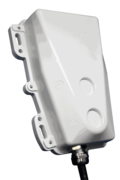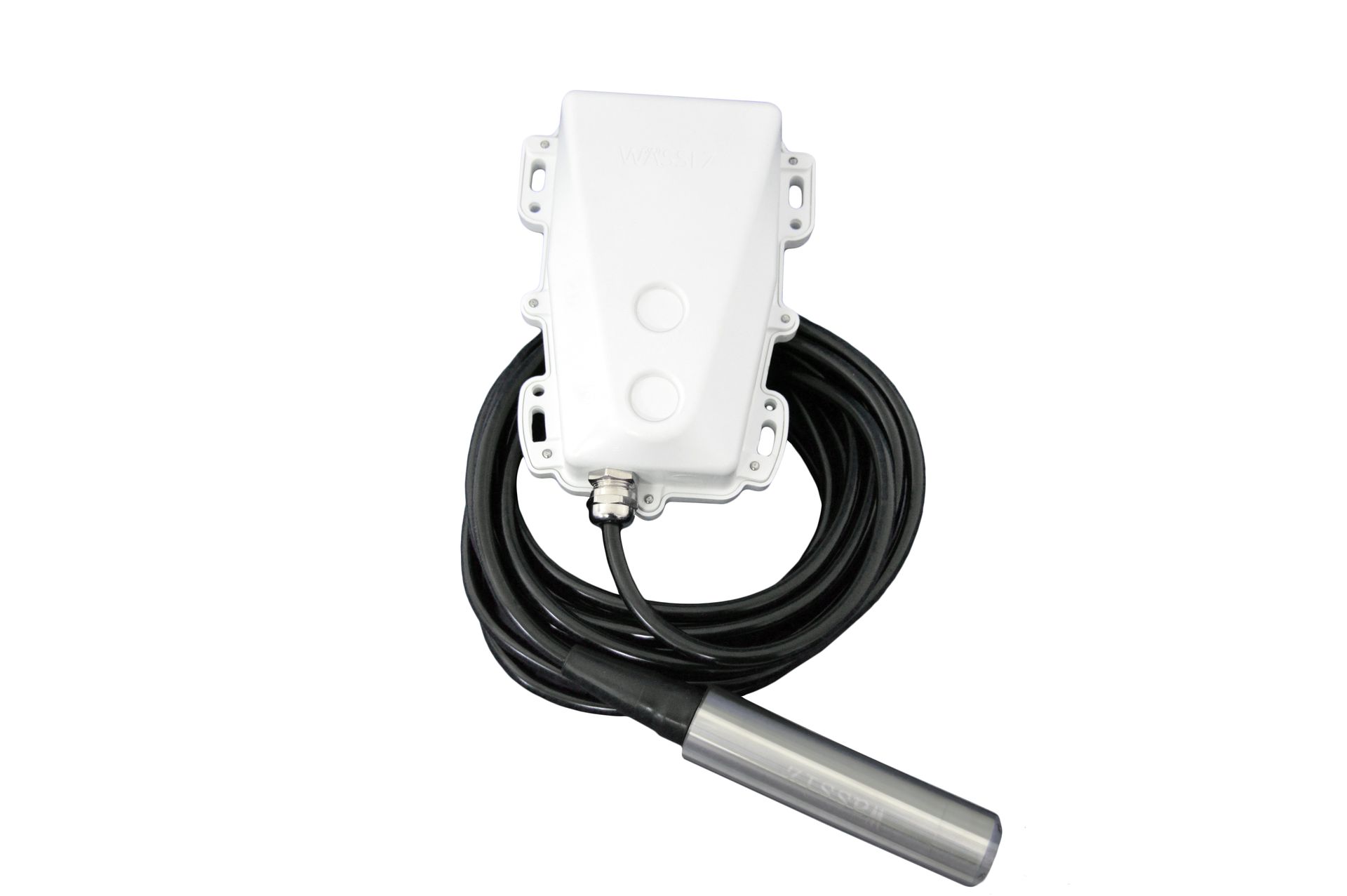Gas suppliers rely heavily on gas meters, and rightfully so. Gas meters continuously measure the amount of gas delivered to each customer. And so, they lay the foundations for customer billing. In the last decades, gas meters remained relatively the same since the fundamentals of how to measure remained also the same. But this is changing.
With the latest shifts towards smart gas, or smart everything for that matter, the industry standards are being disrupted. Ultrasonic technology is replacing the traditional diaphragm mechanism of action. To answer why, we must first understand what a diaphragm gas meter is, an ultrasonic gas meter is and their key differences.
Diaphragm Gas Meter:
You probably have a diaphragm gas meter in your home. Matter of fact, majority of residential gas meters use a mechanical diaphragm process. The diaphragm gas meter is that box wedged in your gas pipe. This box is made up of valves that push gas into balloon-like chambers. These balloon-like chambers have diaphragms, hence the name. The pressure of gas passing through the box makes the chambers either expand or contract, and the diaphragms are connected to a crankshaft that transforms the diaphragm’s motion from back-and-forth into rotational. This rotation gives energy to an indicator that shows the volume of gas that went through the meter. While there have been improvements on those traditional gas meters, they still employ the same principles outlined above.
Ultrasonic Gas Meter:
Here the principles are entirely different. Ultrasonic meters rely on the fact that the speed and flow of gas have an effect on soundwaves. This ultrasonic technology is also non-contact; it never touches the gas. In layman terms, an ultrasonic gas meter works by transmitting sound pulses and then detecting them. The ultrasonic meter calculates the volume of gas by measuring the transit times of high frequency-sound waves.
Ultrasonic vs. Diaphragm Gas Meter:
The ultrasonic gas meter offers gas suppliers many advantages over the diaphragm gas meter, some of which include:
- No need for flow calibration
- Higher accuracy
- Bigger range
- Low operational costs
- Less maintenance, no mechanical components to wear out
- No moving parts
- Low installation costs
- Operate in a variety of environmental conditions
- Smaller in size and lighter in weight





